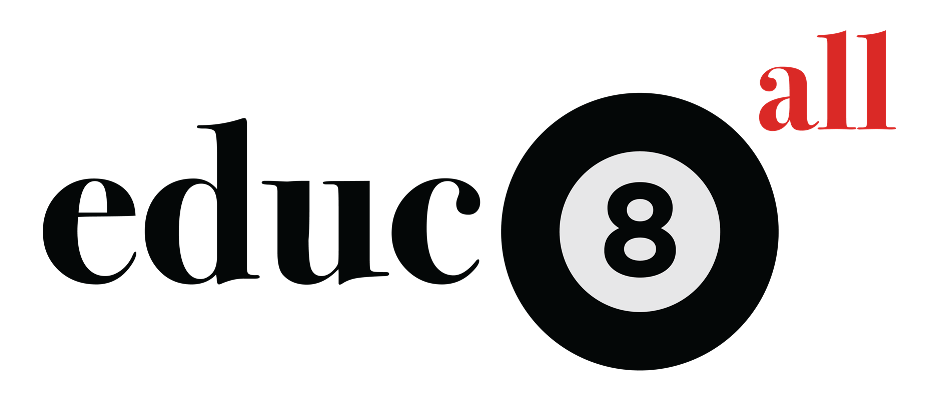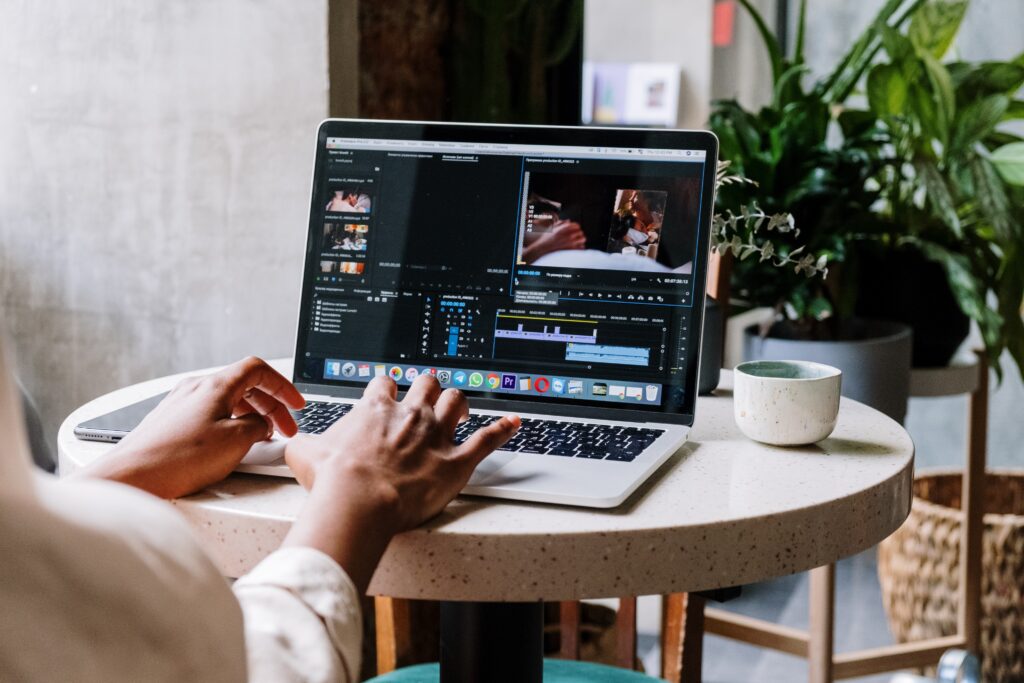
Feynman Technique
What’s the most complicated thing that you know? How well do you feel you understand it? Could you explain it to a 12-year-old?
The Nobel prize-winning physicist Richard Feynman was said to have kept notebooks to keep track of things that he did not know. An anecdote from his biographer, James Gleick, describes this:
“[He] opened a fresh notebook. On the title page he wrote: NOTEBOOK OF THINGS I DON’T KNOW ABOUT. For the first but not last time he reorganized his knowledge. He worked for weeks at disassembling each branch of physics, oiling the parts, and putting them back together, looking all the while for the raw edges and inconsistencies. He tried to find the essential kernels of each subject.”
Part of Feynman’s thinking was to differentiate between knowing something and knowing the name of something (which will be of interest to those who enjoyed our post on epistemology). We can understand the behaviour described above to be natural to someone with a significant thirst for real knowledge as he understood the term to mean. The key learning for us here, however, is about how he went about quenching that thirst. He is said to have used a simple technique which has come to be known as the Feynman technique.
Feynman Technique
The steps are as below:
- Choose a concept that you want to learn about and learn as much as you can.
- Write down what you know as if you were explaining it to a 12-year-old.
- Identify gaps in your explanation and fill them by going back to your source material.
- Review and simplify what you have learned /written down.
Application
Teaching something to another person can prompt the learner to ask questions that test the teacher’s knowledge. Involving a 12-year-old child as the learner forces the teacher to simplify what it is they are trying to teach. The teacher cannot get away with using long words to hide a lack of knowledge at any stage of the explanation. If they tried, the learner would ask what the word means or clarify what was not explained fully.
This feedback loop is important for the development of knowledge in a teacher. If the teacher finds it difficult to respond to the questions then that is where the understanding is weak and needs to be developed by revisiting the source material. Learning and refining the explanation is the process by which the teacher builds that deeper understanding of the subject matter.
There’s a saying which you may be familiar with: the best way to learn something is to teach it. It’s a lovely counter-intuitive saying which arguably gets to the heart of what the Feynman Technique is.
As an aside, Feynman, at least at one point in his life, did not have a particular teaching philosophy as the video below shows. Many may find this contentious but watch the video and marvel at the analogy used to introduce physiology to his young son.






Responses